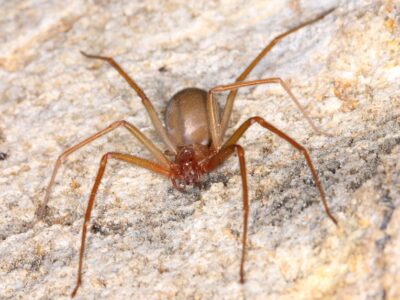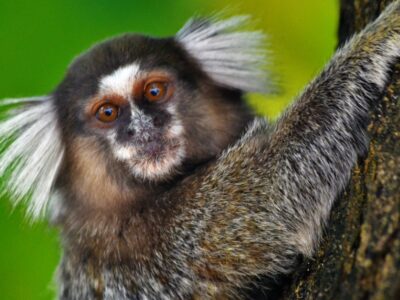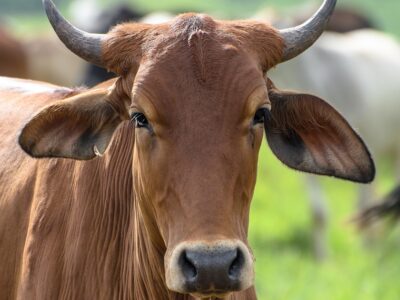Below you can find a complete list of Colombian animals. We currently track 316 animals in Colombia and are adding more every day!
The country of Colombia in South America is bordered by two bodies of water and has mountains, grasslands, and rainforests. So, it should be no surprise that it’s home to 10 percent of the world’s animal species. Well-known members of the wildlife community include jaguars, caimans, giant anteaters, and the spectacled bear just to name a few. In terms of numbers, there are 467 species of mammal, 518 species of reptiles, and 3200 species of fish in Colombia.
The Official National Animal of Colombia
The national animal of Colombia is the Andean condor. Take one look at the Andean condor and it’s not hard to believe that it’s one of the biggest birds of prey on the earth. It can weigh up to 25 pounds with a wingspan of 10 feet!
The Andean condor was chosen as the national bird of Colombia in 1834. The choice was partly due to the folklore attached to this unique bird. The Andean condor symbolizes health, power, and freedom. It has a long history and is even pictured in Andean art going back to 2500 BC.
Unfortunately, Andean condors have a conservation status of Vulnerable. Many die after eating animals with pesticides in their system. Furthermore, local farmers sometimes shoot these birds thinking they are killing their livestock. Andean condors do eat cows, sheep, and deer, but they eat animals after they have been killed by another predator.
Conservation actions are being taken by the Colombian government to keep this bird from going extinct. Their actions include the introduction of laws decreasing the use of pesticides. Also, there are captive breeding programs to increase the population.
The Andean condor is the national symbol of Chile, Bolivia, Ecuador, and Peru as well.
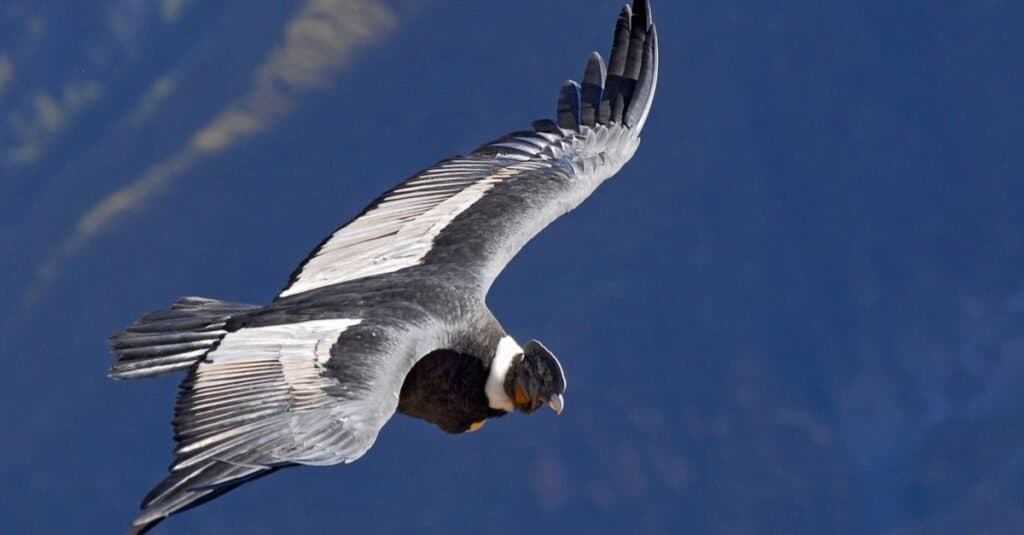
The choice of the Andean condor as the Columbian national animal was partly due to the folklore attached to this unique bird.
©Cezary Wojtkowski/Shutterstock.com
Where to Find the Top Wild Animals in Colombia
Colombia has unique animals living in each of its diverse habitats. Discover more facts about a few of the most notable wild animals that make Colombia their home. Giant anteater lives mostly in the northwestern part of Colombia.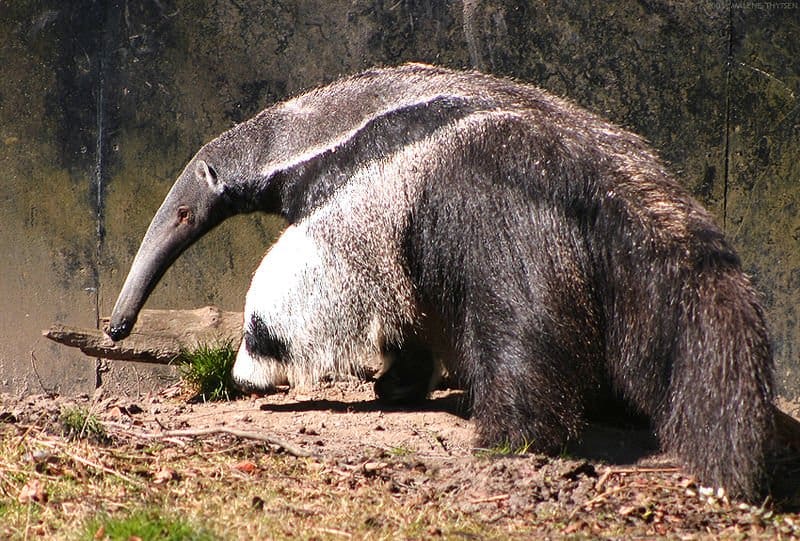
©Malene Thyssen / Creative Commons – License
- Jaguar – Some jaguars live in tropical rainforests around the Amazon basin. Others live in the savannas and grasslands of Colombia.
- Giant Anteater – This unique animal lives mostly in the northwestern part of Colombia. Its habitats include dry and tropical forests, savannas, and open plains.
- Spectacled Bear – The spectacled bear is sometimes called the Andean bear. That stands to reason because this bear lives in the Andean jungle.
- Capybara – This member of Colombian wildlife lives on the open plains in the eastern region of the country.
- Pink River Dolphin – This unique dolphin lives in the Amazon and Orinoco River basins in Colombia.
- Cotton-top Tamarin – Unless you visit a zoo, you can only find these unique monkeys in Colombia. They live in forests located in the northwestern region of this South American country.
The Most Dangerous Animals in Colombia Today
Like most countries, Colombia has its share of dangerous wildlife. Check out the most dangerous animals in Colombia: Don’t be fooled! This frog’s skin is coated with a layer of poison. ©Thorsten Spoerlein/Shutterstock.com
- Poison Dart Frog – Their small size and colorful skin can seem harmless at first glance. But don’t be fooled! This frog’s skin is coated with a layer of poison. In fact, this frog has enough poison on its skin to kill 20 humans. The poison causes nerve damage and involuntary muscle contraction which can stop the heart. This is certainly an effective weapon against its predators.
- Chocoan Forest Pit Viper – These venomous snakes live in the Chocoan rainforests as well as in the Andes mountains. Out of all the reported snake bites in Colombia, viper bites account for 90-95% of them. These snakes stay well-hidden by lying on branches without moving for hours. Plus, they hide in bushes and plants until nightfall. One bite from a Chocoan Forest pit viper can cripple a human or even cause death. There’s antivenin medication available, but it has to be the appropriate type in order to be effective.
- Black Caiman Crocodile – These crocodiles can grow to be 20 feet long and are the most common crocodile in the country. Their combined power and speed make them an easy choice for the list of the most dangerous animals in Colombia. Their jaws are strong enough to crush the shell of a turtle! So, a human wouldn’t have a chance against this reptile. Their black scales help them to blend in with their watery habitat making them difficult to spot.
- Bullet Ant – These ants live in bushes, tall grass, and on the forest floor. People who have been stung by this ant say it feels similar to being shot with a gun. That’s one powerful sting! The ant’s sting contains a poison that causes temporary paralysis as well as pain in the spot where the person was stung. The poison is not deadly, but the pain can last anywhere from 5 to 24 hours.
Endangered Animals in Colombia
Unfortunately, there are several endangered animals in Colombia. Loss of habitat, poaching, and poisoning of food sources are all reasons why these Colombian animals are at risk of going extinct. Some notable examples: The brown spider monkey is one of the endangered animals in Columbia. ©Jason Wells/Shutterstock.com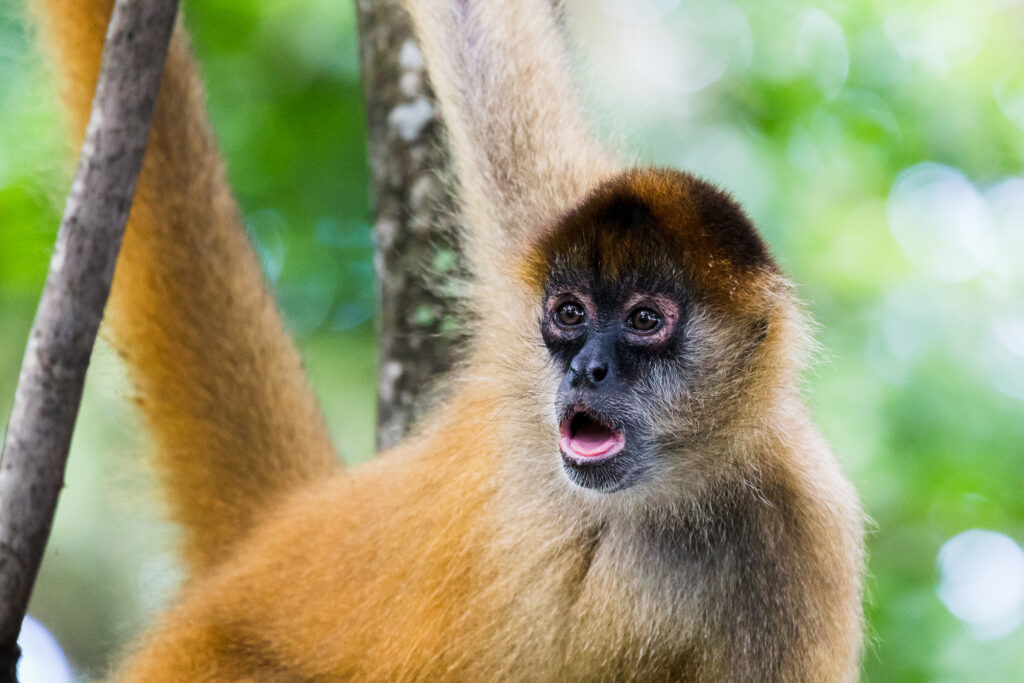
- Cotton-top Tamarin – It’s shocking white hair isn’t its only unique characteristic. This animal has an agile climbing ability and an intelligent and complex use of vocalizations. However, it is in perilous danger of extinction in the wild.
- Brown Spider Monkey – Like other similar species, this animal leaps and bounds from one branch to another in a graceful display of aerial control. It is intelligent, caring, and agile, but also loud and aggressive.
- Giant Otter – This is the longest member of the weasel family. Unlike those of its similar species, giant otters are socialable and the noisiest otter species, with distinct vocalizations that indicate alarm, aggression, and reassurance.
- Colombian Weasel – This is a very rare species, with both its scientific and alternative common name honoring the mammalogist Philip “Don Felipe” Hershkovitz. With less than 10 known alive, it is probably the rarest and least studied carnivore in South America.
- Black-Legged Poison Dart Frog – This is the world’s second-most toxic poison dart frog. It has yellow or orange body and black or dark blue forelimbs and hindlegs. Many indigenous groups of the Colombian rainforest have extracted the toxins to create poison tipped darts used for hunting.
- Mountain Tapir – Out of all the tapir species, this is the only one to live outside of tropical rainforests in the wild. It is most easily distinguished from other tapirs by its thick woolly coat and white lips. Mountain tapirs have been hunted for their meat and hides. Its toes and intestines are used in local folk medicines.
4 Largest Animals in Columbia
This tropical country is home to many animals. Though not too many large animals can easily navigate in the dense jungle, there are a few worth noting.
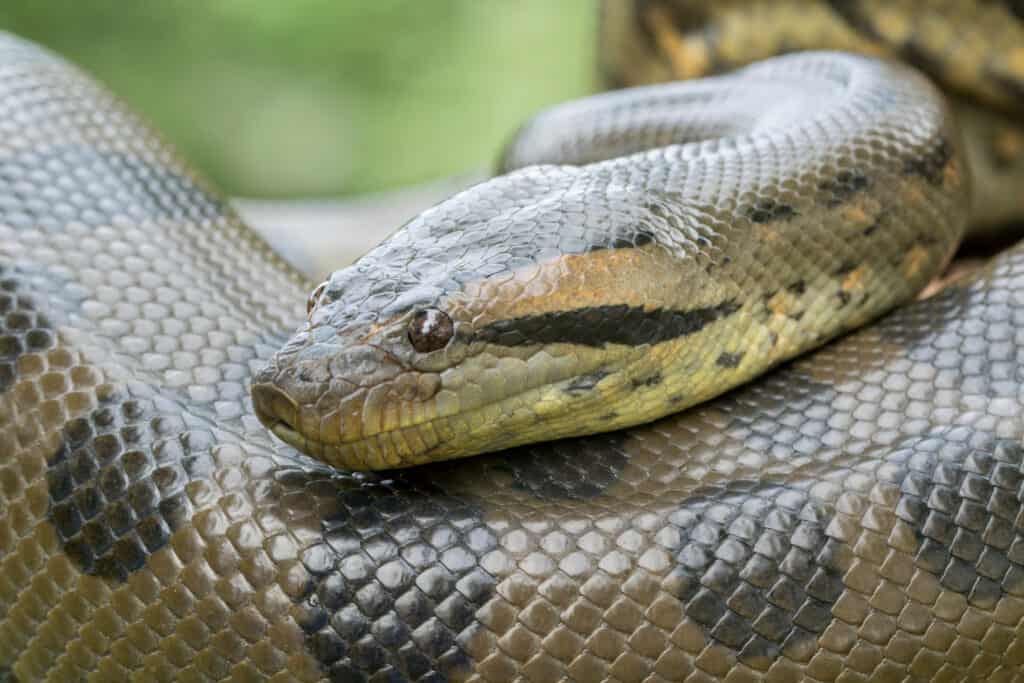
©Mark_Kostich/Shutterstock.com
- Puma – This animal is known by several other names, including mountain lion, catamount, and cougar. However, this nocturnal kitty most resembles our pet cats. The puma doesn’t roar but makes a series of other sounds including hisses, growls, and purrs. The puma can weigh close to 200 pounds and reach up to 78 inches (the size of a tall man!)
- Tapir – The largest terrestrial mammal in South America, the tapir is the size of a small horse. They can weigh anywhere from 330 pounds to 700 pounds while having a strict herbivore diet. Tapirs are considered living fossils because they haven’t changed much since their evolution.
- Anaconda – This fearsome snake is the largest in weight (550 pounds) and second largest in length (about 20 feet). Believe it or not, they are thicker than boas. They also are lovers of both water and land. They may be non-venomous, but they are powerful constrictors and eat rodents, lizards, and fish. Full-size anacondas are known to consume caimans, capybaras, and even jaguars.
- Humpback whale – Though Columbia is known for its jungles, a hidden secret is its amazing location to watch humpback whales! Here is where these marine mammals love to play and show off, jumping out of the water and splashing back down. These whales weigh between 40 tons and 100 tons and can be up to 62 feet in length.
5 Rarest Animals in Columbia
Some of the amazing creatures in Columbia have already been mentioned, but we had to add them to the rarest list. This South American country has many unique species among its jungle brush, some of which have yet to be discovered! Here are a few we already know about: There are a few hypotheses why these dolphins are pink, including scars and camouflage. ©Ivan Sgualdini/Shutterstock.com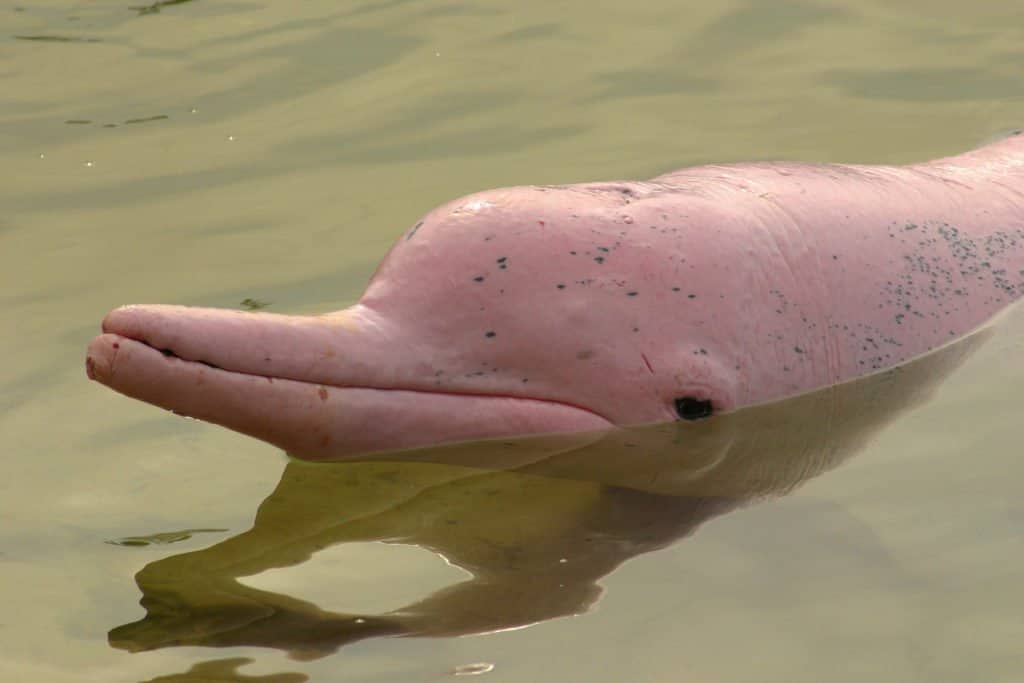
- Glass Frog – This unique amphibian lives in rainforests and mountains near streams. The skin on its stomach is translucent, so you can see all its organs, even its beating heart! It also has suction cups on its toes to climb the wet tree limbs in the jungle. It also can jump more than ten feet in only one jump.
- Olinguito – This is the smallest mammal in the raccoon family, not a teddy bear. This recently discovered species lives high in the cloud forests, at approximately 5,000 and 9,000 feet. Not much is yet known about this species, other than it is similar to its sister, the Olingo. They feast mostly on plants and fruits and are nocturnal and solitary.
- Basilisk – This lizard in Columbia is also known as the “Jesus Lizard” because it can run on water at up to 1.5m per second, thanks to long toes on their back feet. These lizards blend in with the lush Central and South American environment.
- Pink River Dolphin – This fresh water species lives in the Amazon, Orinoco and Araguaian rivers, and is the largest river dolphin with a body type that is different than ocean dolphins. The Amazon river dolphin doesn’t have a dorsal fin. Instead, it sports a modified hump. There are a few hypotheses why these dolphins are pink, including scars and camouflage.
- Cotton-top Tamarin – Known as titís in Columbia, these primates have a massive shock of white hair that makes the monkey look almost human. It is barely larger than a squirrel, weighing about 1 pound and up to 10 inches in length, though its tail adds another 10 inches. It has claws instead of nails and no prehensile tail, but is an expert climber and leaps 10 feet in the air.
The Flag of Colombia

The Colombian flag represents the country’s independence from Spain, which it attained on July 20, 1810.
©Derek Brumby/Shutterstock.com
The Colombian flag is a horizontal tricolor of red, blue, and yellow. The yellow stripe occupies half of the flag, with the remaining area evenly divided between the blue and red stripes.
Gran Colombia was a republic in South America that broke apart in the 19th century, forming the countries of Colombia, Ecuador, Panama, and Venezuela. The Colombian National Flag was created by Venezuelan General Francisco de Miranda and was formally accepted on November 26, 1861.
Colombian Animals
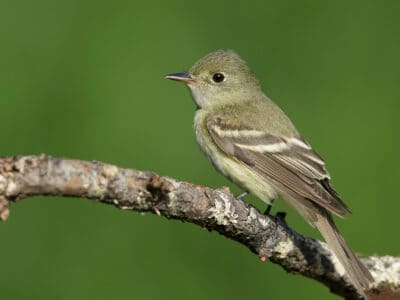
Acadian Flycatcher
Their nests are sloppily held together and have an abandoned appearance

Agouti
The agouti is one of the only animals that can crack open Brazil nut pods!

Amazon Parrot
These parrots can be trained to be "talking birds" that mimic human speech
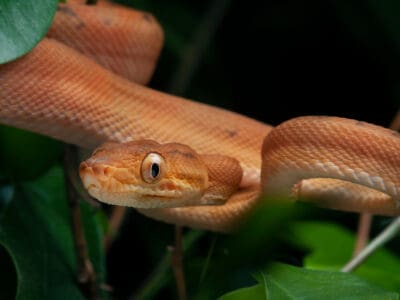
Amazon Tree Boa
Amazon tree boas come in a rainbow of colors.
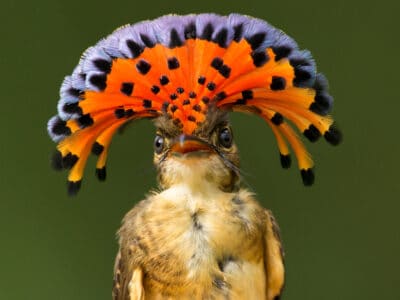
Amazonian Royal Flycatcher
They use their bright royal-looking crests during mating season

Anaconda
They are the heaviest snake in the world

Anhinga
Their name means snake bird

Ant
First evolved 100 million years ago!
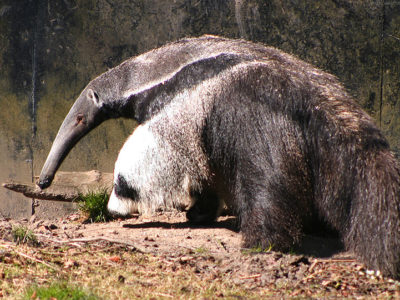
Anteater
Has the longest tongue of any animal in relation to its body size!
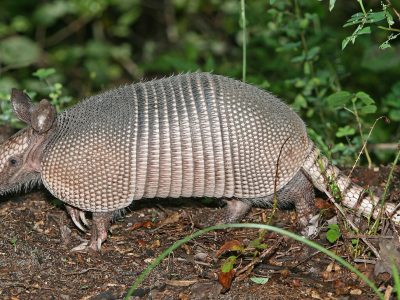
Armadillo
Can curl into a hard, protective ball!

Armyworm
They are so named because they "march" in armies of worms from one crop to another in search of food
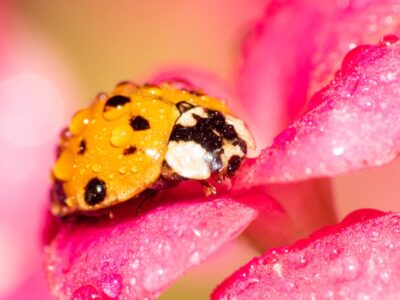
Asian Lady Beetle
Asian lady beetles infest indoor spaces, but they do not reproduce indoors.

Barb
There are over 1768 known species!

Barn Owl
Found everywhere around the world!

Barn Swallow
Older offspring help care for new hatchlings.
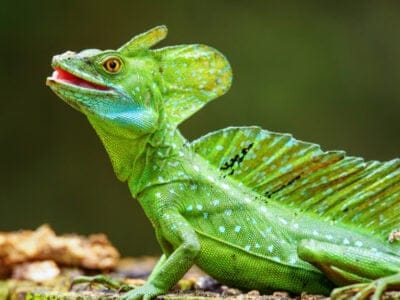
Basilisk Lizard
Can run/walk on water.

Bat
Detects prey using echolocation!

Bear
There are 8 different species!

Bed Bugs
Bed bugs feed for 4-12 minutes.

Bee
Rock paintings of bees date back 15,000 years

Beetle
There are more than 350,000 different species

Bird
Not all birds are able to fly!

Biscuit Beetle
The biscuit beetle form a symbiotic relationship with yeast
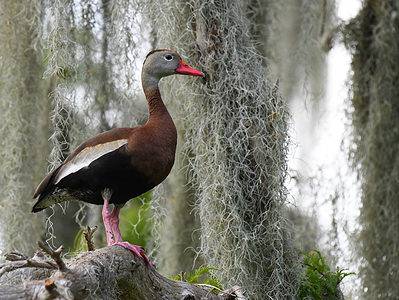
Black-Bellied Whistling Duck
They have bright pink bills.

Black Widow Spider
They typically prey on insects!
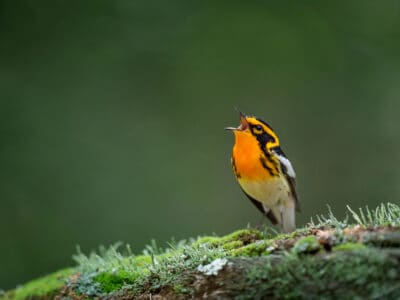
Blackburnian Warbler
They are the only songbird in North America with an orange throat!
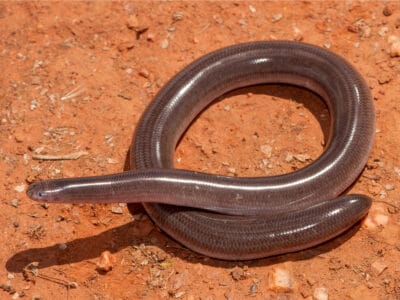
Blind Snake
The blind snake is often mistaken for a worm.

Blue Eyed Pleco
Can live safely with many types of fish.
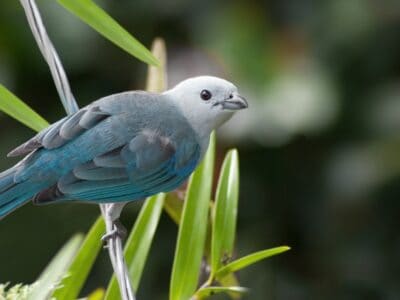
Blue Tanager (Blue-Grey Tanager)
They travel and forage in pairs or groups
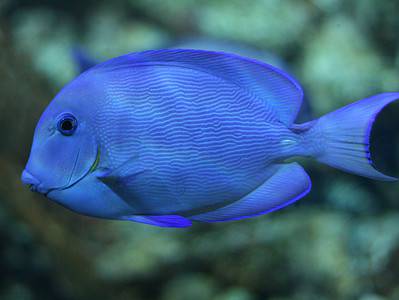
Blue Tang
One of the most colorful members of the genus Acanthurus

Booby
Seabirds found across the South Pacific!
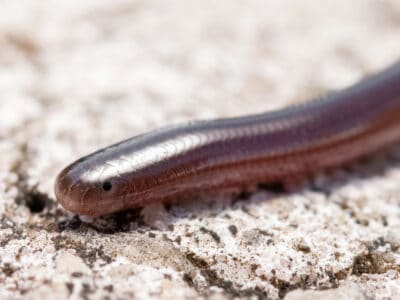
Brahminy Blindsnake
These snakes have been introduced to all continents, except Antarctica!

Brazilian Treehopper
“Mild-Mannered Minimonsters”

Brown Dog Tick
Can live its entire life indoors
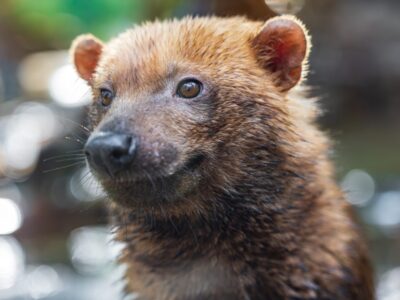
Bush Dog
Bush dogs have webbed toes to help them swim.
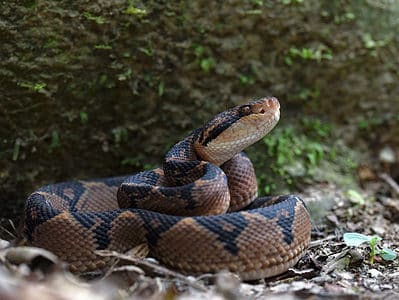
Bushmaster Snake
The bushmaster’s scientific name means “silent death.”

Butterfly
There are thought to be up 17,500 species!

Caecilian
Some species' babies use their hooked or scraper-like teeth to peel off and eat their mother's skin
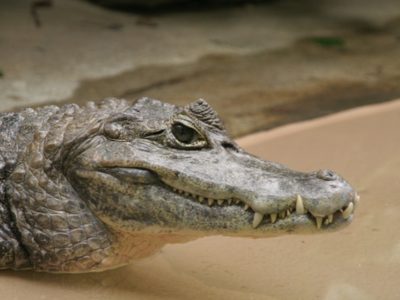
Caiman
Can grow to up 6 meters long!
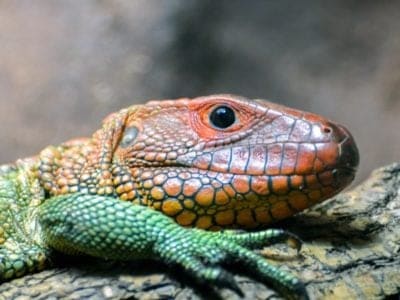
Caiman Lizard
Caiman lizards are among the largest lizards.

Camel Cricket
The camel crickets that are found in the USA are light brown in color. They also have dark streaks all over their body.

Canada Warbler
These birds travel more than 3,000 miles during migration!

Capybara
Excellent at both diving and swimming

Carpenter Ant
Carpenter ants can lift up to seven times their own weight with their teeth!

Cat
May have been domesticated up to 10,000 years ago.

Caterpillar
The larvae of a moth or butterfly!

Catfish
There are nearly 3,000 different species!

Centipede
There are about 3,000 documented species!
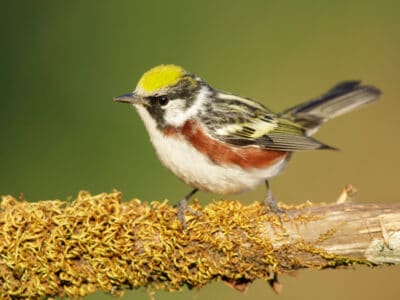
Chestnut-Sided Warbler
They inhabit regrowing forests

Chicken
First domesticated more than 10,000 years ago!
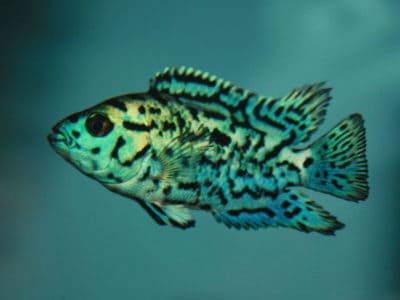
Cichlid
There are more than 2 000 known species!

Coati
Found in dense forests and wet jungles!

Cockroach
Dated to be around 300 million years old!

Codling Moth
Pupae are able to undergo diapause to survive poor fruit yield years and winter.
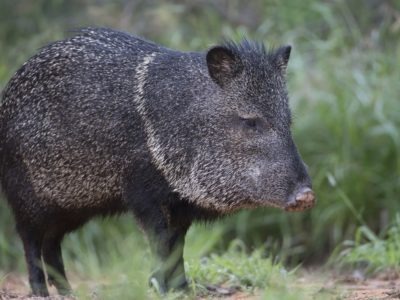
Collared Peccary
Form bands of up to 12 individuals!

Common Furniture Beetle
The common furniture beetle feeds exclusively on wood

Common House Spider
House spiders have the ability to eat most insects in a home.

Coral Snake
There are over 80 species of coral snake worldwide.

Cormorant
They can fly 35 mph and dive 150 feet below water.

Cotton-top Tamarin
Found in tropical forest edges!

Cow
There are nearly 1.5 billion worldwide!

Crab
There are 93 different crab groups
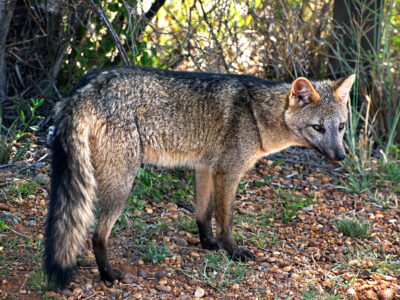
Crab-Eating Fox
The crab-eating fox is extremely adaptable, living in all sorts of habitats and eating almost any available food.

Crab Spider
Crab Spiders can mimic ants or bird droppings

Cricket
Male crickets can produce sounds by rubbing their wings together

Crocodile
Have changed little in 200 million years!

Crocodylomorph
Crocodylomorphs include extinct ancient species as well as 26 living species today.

Crow
A group of these birds is called a Murder.
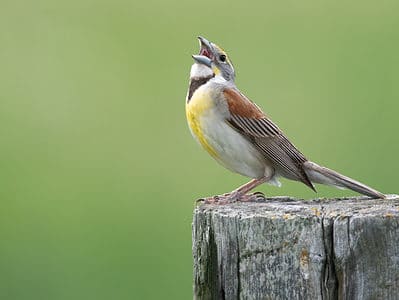
Dickcissel
They have a unique call that they are named for.
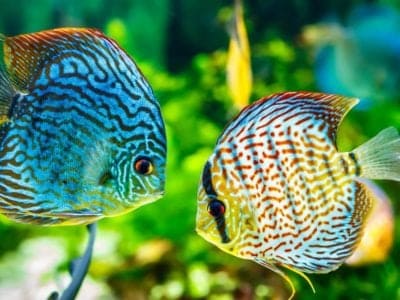
Discus
One of the only schooling Cichlids!

Dog
First domesticated in South-East Asia!

Dog Tick
Dog ticks feed on dogs and other mammals

Donkey
First domesticated 5,000 years ago!

Dragonfly
It's larvae are carnivorous!
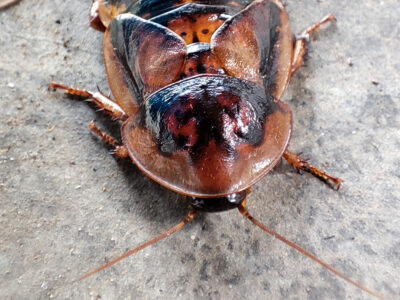
Dubia Cockroach
The most popular species of feeder roach

Duck
Rows of tiny plates line their teeth!

Dung Beetle
The dung beetle can push objects many times its own weight
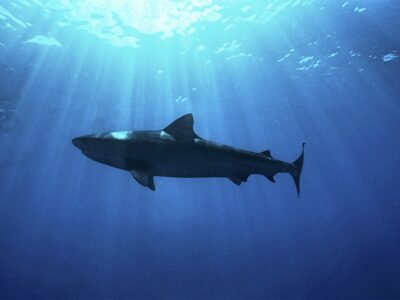
Dusky Shark
The Dusky Shark sometimes eats trash discarded by humans.

Eagle
Has exceptional eyesight!

Earthworm
They are hermaphrodites, which means they have male and female organs

Earwig
There are nearly 2,000 different species!

Eastern Meadowlark
They can live up to 9 years.

Eel
Eels can be a mere few inches long to 13 feet!
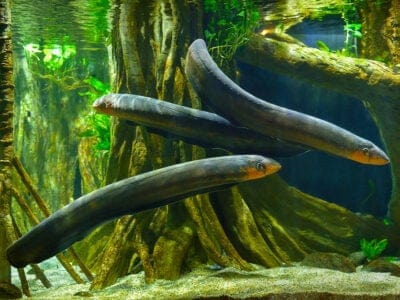
Electric Eel
Despite its powerful shock, electric eels have terrible vision.
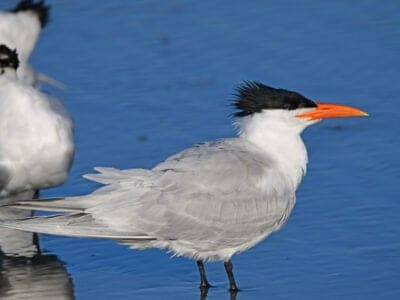
Elegant Tern
Have a lifespan of 20 years or more
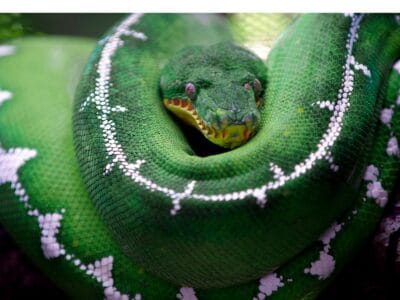
Emerald Tree Boa
Their teeth are as long as a fully-grown reticulated python
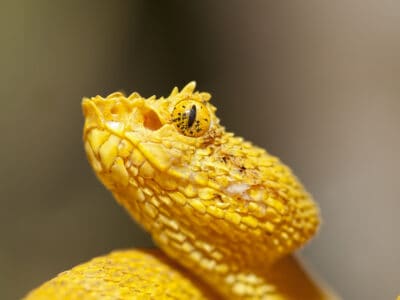
Eyelash Viper
While the eyelash viper can be a pet, be cautious – they are extremely venomous!

Falcon
The fastest creatures on the planet!

False coral snake
The false coral snake mimics both the coral snake and the cobra to scare away predators

False Widow Spider
False spiders actually prey on black widow spiders and other hazardous spiders
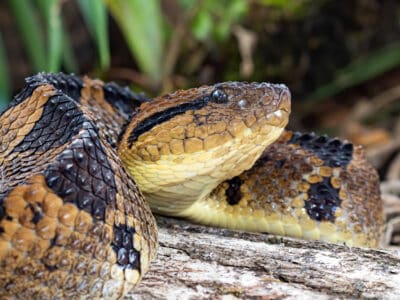
Fer-de-lance Snake
The Most Dangerous Snake in the Americas

Firefly
The firefly produces some of the most efficient light in the world

Flea
Adult fleas can jump up to 7 inches in the air

Fly
There are more than 240,000 different species!

Flying Squirrel
Can glide up to 90 meters!

Frog
There are around 7,000 different species!
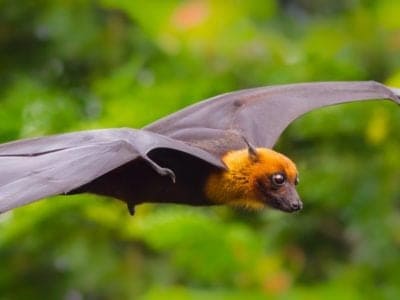
Fruit Bat
Among the largest bats in the world

Fruit Fly
Fruit flies are among the most common research animals in the world
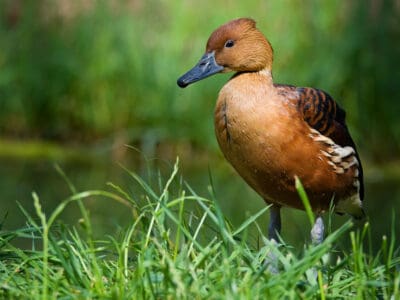
Fulvous Whistling Duck
They build a ramp from their nest, which leads to a nearby water source
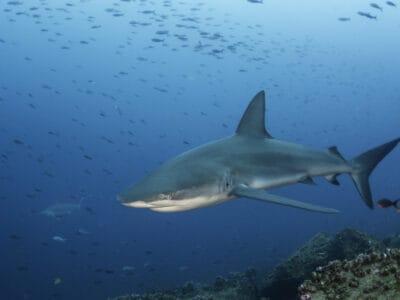
Galapagos Shark
Galapagos sharks are cannibalistic and sometimes eat their young, so the pups stay away from the adults in shallow water.

Gecko
There are thought to be over 2,000 species!

Geoffroys Tamarin
Has distinctive V shape on head!

German Cockroach
The most common type of urban roach
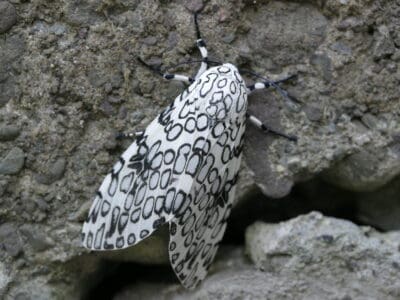
Giant Leopard Moth
When giant leopard moths mate, their mating sessions last over 24 hours.

Glowworm
Found inhabiting dense woodland and caves!

Gnat
Males form large mating swarms at dusk

Grasshopper
There are 11,000 known species!
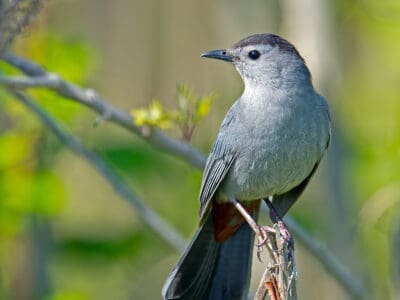
Gray Catbird
Their songs have cat-like qualities and can mimic other birds and animals, like tree frogs.
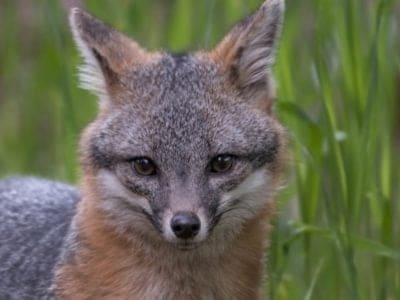
Gray Fox
The gray fox has retractable claws and a rotating wrist that allow it to climb trees with some proficiency
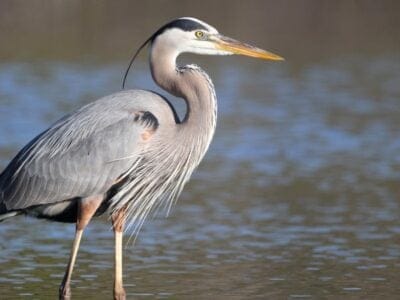
Great Blue Heron
Their wingspan is larger than an eagle’s; both males and females help hatch the eggs; rich in symbolism
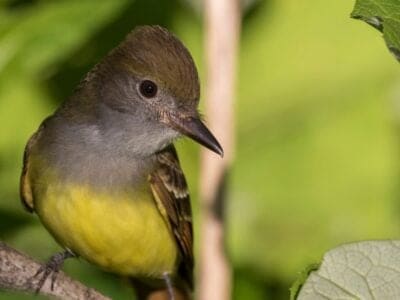
Great Crested Flycatcher
This species makes use of some truly unusual nesting material, including snakeskin and garbage
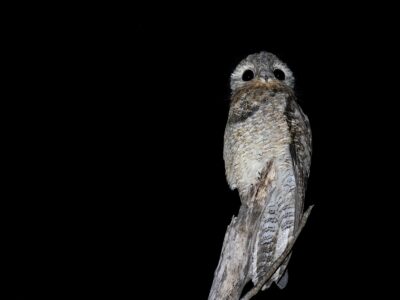
Great Potoo Bird
At night, they make a terrifying low call that sounds like a distressed moan or growl.
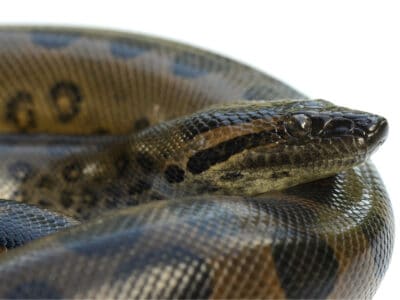
Green Anaconda
Females are often five times longer than males.

Guinea Pig
Natively found in the Andes Mountain range!

Gulper Catfish
Gulper catfish can consume prey twice its size
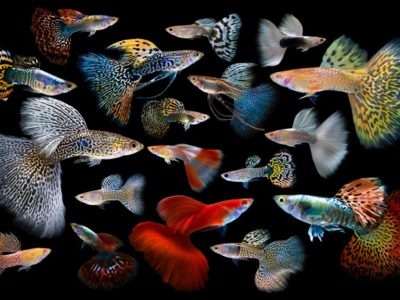
Guppy
Also known as the Millionfish!

Gypsy Moth
One of the most invasive species in the world

Hamster
Able to run as quickly backwards as forwards!

Hare
Can reach speeds of over 50 mph!
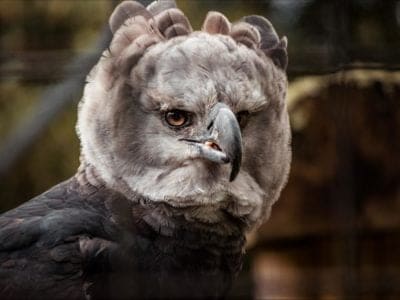
Harpy Eagle
Talon's the size of a grizzly bear's claws!

Harris’s Hawk
Their vision is eight times better than a human's

Hawk Moth Caterpillar
Many hawk moth caterpillars eat toxins from plants, but don’t sequester them the way milkweed butterflies do. Most toxins are excreted.
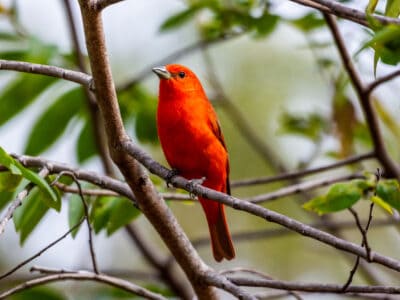
Hepatic Tanager (Red Tanager)
Parents and their young sing sweetly to each other

Hercules Beetle
This dynastine scarab beetle makes a weird huffing sound when it’s disturbed.

Heron
Inhabits wetlands around the world!

Honey Bee
There are only 8 recognized species!
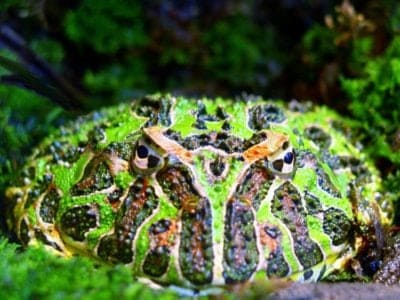
Argentine Horned Frog
Natively found in South America!

Horse
Has evolved over 50 million years!

Horsefly
Horseflies have been seen performing Immelmann turns, much like fighter jets.
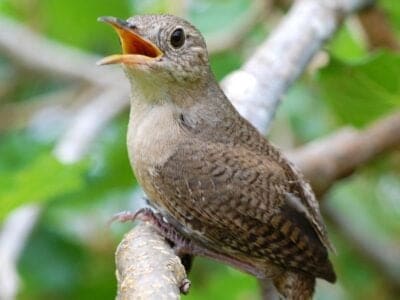
House wren
The wren’s epithet, aedon, comes from a Greek queen who accidentally killed her only son. She was actually aiming for her nephew, and Zeus took pity on her and turned her into a nightingale.

Housefly
The fly has no teeth

Howler Monkey
Spends 80% of it's time resting!

Human
Thought to have orignated 200,000 years ago!

Hummingbird
Beat their wings up to 80 times per second!

Huntsman Spider
Some huntsman spiders have an interesting way of moving around. Some cartwheel while others do handsprings or backflips.

Ibis
Found in swamps, marshes and wetlands!
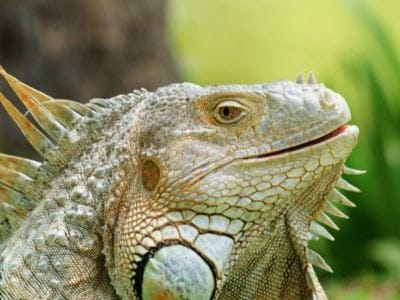
Iguana
Uses visual signals to communicate!
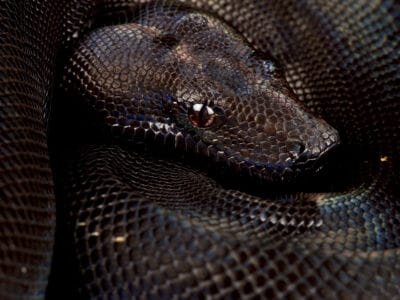
IMG Boa Constrictor
The first IMG boa was born in a litter of anerythristic boas.

Indigo Snake
Indigo snakes use brute force to overpower their prey.

Insects
There are an estimated 30 million species!
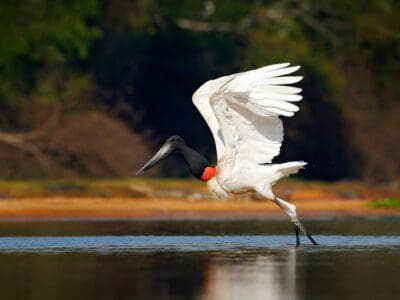
Jabiru
They form lifelong pair bonds and live in groups near water sources.

Jacana
The jacana has the ability to swim underwater

Jack Crevalle
One of the biggest species in the Caranx genus
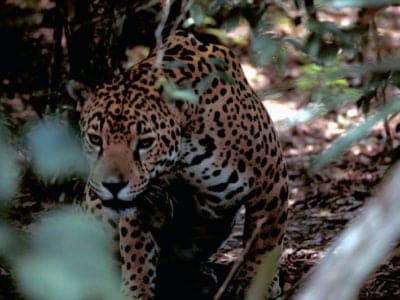
Jaguar
The largest feline on the American continent!

Jumping Spider
Some can jump 50 times the length of their bodies
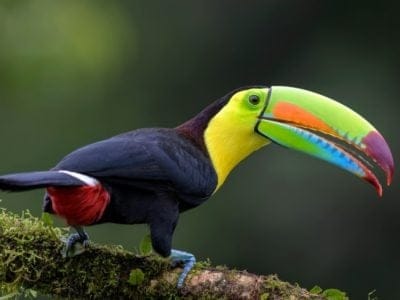
Keel-Billed Toucan
It's beak can reach nearly 20 cm long!

Kentucky Warbler
The Kentucky Warbler appears to wear bright yellow cat-eye glasses!

Killdeer
The killdeer feigns injury to draw a predator away from its nest.

Kingfisher
Inhabits wetlands and woodlands worldwide!
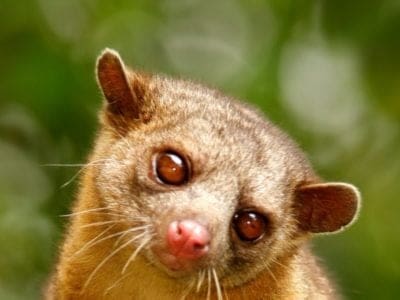
Kinkajou
The kinkajou is a nimble forest-dwelling mammal of Central and South America.

Ladybug
There are more than 5,000 species worldwide!

Leech
Has 10 pairs of eyes!
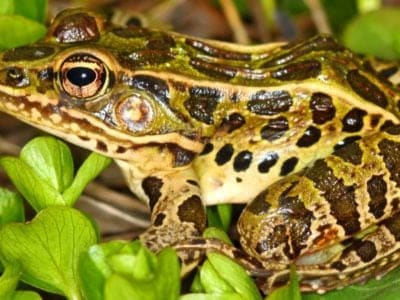
Leopard Frog
They can jump up to three feet
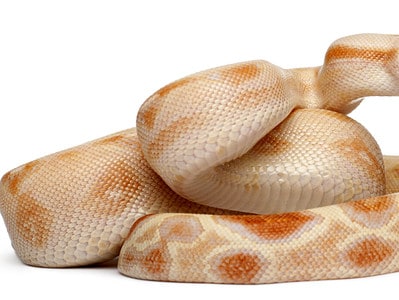
Lipstick Albino Boa
Lipstick albino boas are a designer morph that you'll only find from breeders.

Lizard
There are around 5,000 different species!

Locust
Each locust can eat its weight in plants each day.
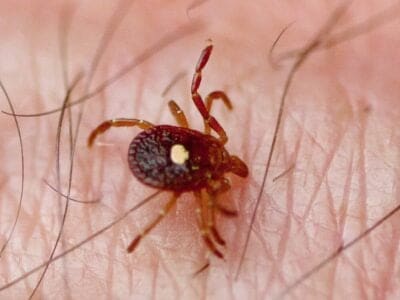
Lone Star Tick
Only females have the ‘lone star’ marking

Macaw
The largest species of parrot in the world!

Maggot
Will only live in wet areas

Mallard
With an appropriate tail wind, the mallard can travel hundreds of miles a day

Margay
Margays are one of the world’s most highly adapted cat species for climbing trees!
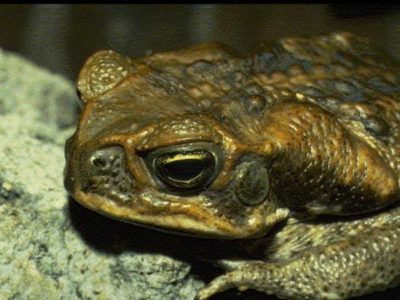
Marine Toad
Produces a toxin used in arrow darts!

Mayfly
There are 2,500 known species worldwide!

Mealybug
They have a symbiotic relationship with ants.
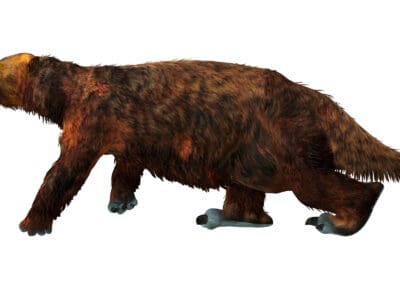
Megatherium
Megatherium probably used its lips more than its tongue when feeling for choice leaves in the treetops.
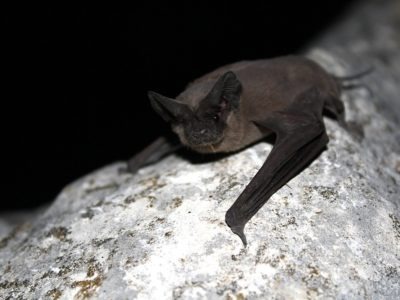
Mexican Free-Tailed Bat
Some colonies have millions of bats

Millipede
Some species have a poisonous bite!

Mockingbird
Mockingbirds are incredible mimics that can learn hundreds of songs!

Mole
Primarily hunts and feeds on Earthworms!

Mole Cricket
Adult Mole crickets may fly as far as 5 miles during mating season and are active most of the year.
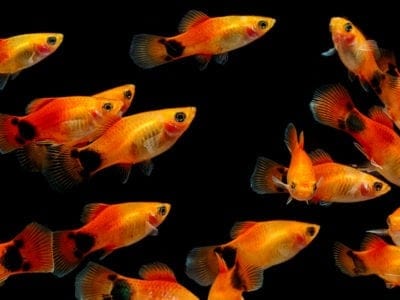
Molly
Known for their calm and peaceful nature!
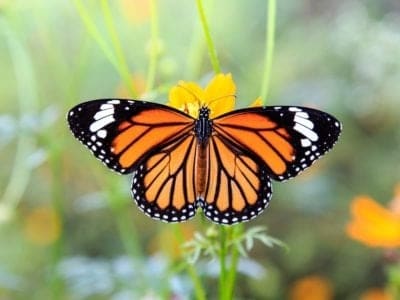
Monarch Butterfly
During migration, Monarch Butterflies may travel 250 or more miles each day.

Mongrel
Has characteristics of two or more breeds!

Monkey
There are around 260 known species!
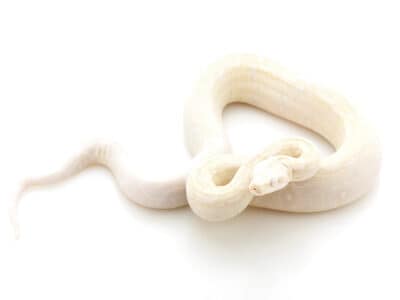
Moonglow Boa
Moonglow boas are the result of mixing three genetic traits.

Moorhen
Feeds on aquatic insects and water-spiders!

Morpho Butterfly
Collectors prize them for their bright wings

Mosquito
Only the female mosquito actually sucks blood

Moth
There are 250,000 different species!
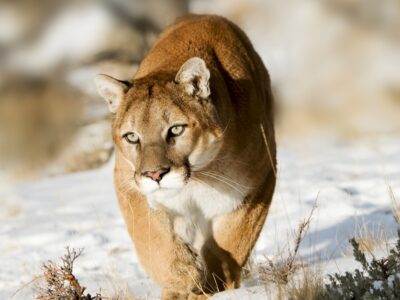
Mountain Lion
Has no real natural predators!
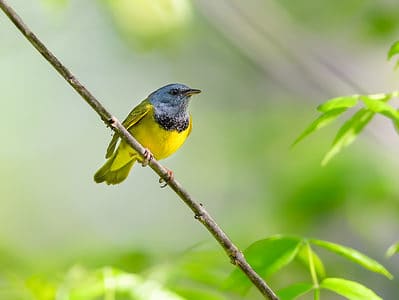
Mourning Warbler
The Mourning Warbler was named for its gray head, which resembles a mourning veil!

Mouse
Found on every continent on Earth!

Mule
The offspring of a horse and donkey parents!
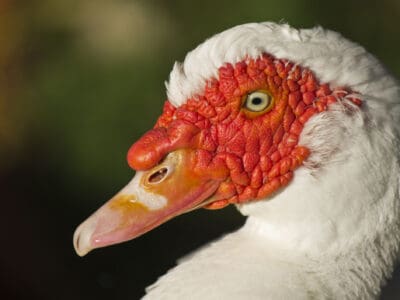
Muscovy Duck
Unlike most duck species, the Muscovy is silent and only makes noise when excited or threatened.

Nematode
Nematodes range in size from 1/10 of an inch to 28 feet long
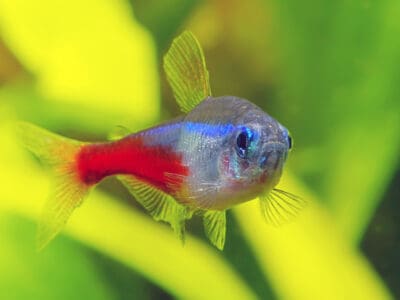
Neon Tetra
Neon Tetras are very social and peaceful fish.

No See Ums
There are more than 5,000 species.
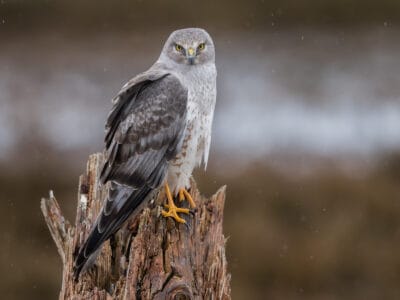
Northern Harrier
They can reach speeds of 25 Mph but prefer to soar low and slow.

Northern Pintail
Northern pintails migrate at night with speeds reaching 48 miles per hour!

Northern Screamer
They are closely related to magpie geese
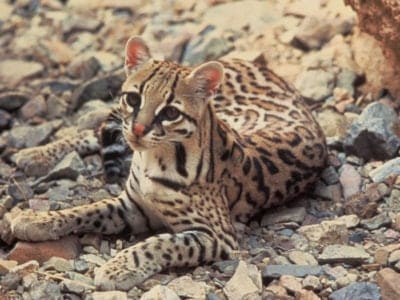
Ocelot
Also known as the Painted Leopard!
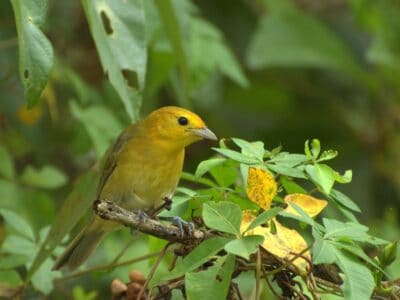
Orange Tanager (Orange-Headed Tanager)
They inhabit the lowlands of the Amazon rainforest

Orb Weaver
Females are about four times the size of males

Osprey
They reuse nesting sites for 70 years!

Otter
There are 13 different species worldwide

Owl
The owl can rotate its head some 270 degrees
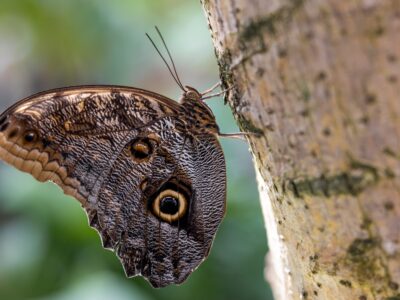
Owl Butterfly
Owl butterflies derive their name from big spots on each hindwing that resemble owl eyes
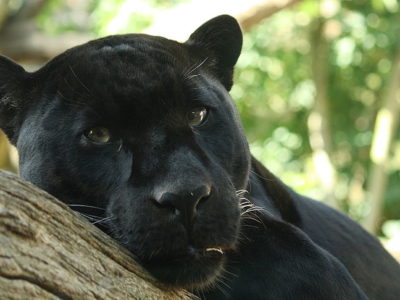
Panther
Prefers to hunt at night than during the day!

Parrot
Can live for up to 100 years!
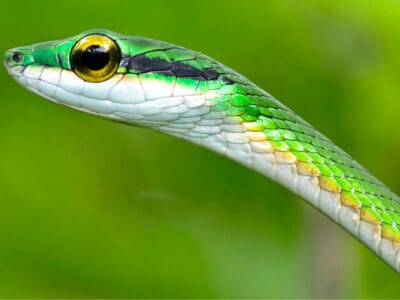
Parrot Snake
The parrot snake shows off with bright green and bronze colors that cover its entire body.

Parrotlet
Parrotlets aren't the world's tiniest parrot — that would be the pygmy parrot of Australasia.
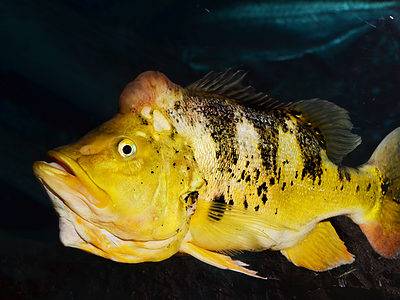
Peacock Bass
Peacock bass is known for their aggressive behavior and predatory instincts, making them a challenging target for sport fishermen.

Peregrine Falcon
Fastest animal on Earth

Pheasant
Females lay between 8 and 12 eggs per clutch!

Pigeon
They can find their way back to their nests from up to 1300 miles away.

Amazon River Dolphin (Pink Dolphin)
Also known as the 'Pink Dolphin'
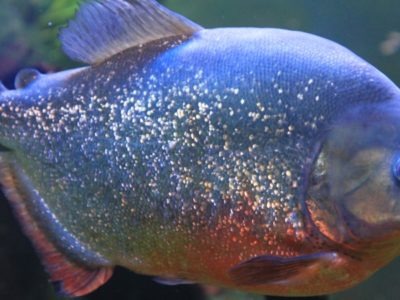
Piranha
Generally found in fast-flowing streams!
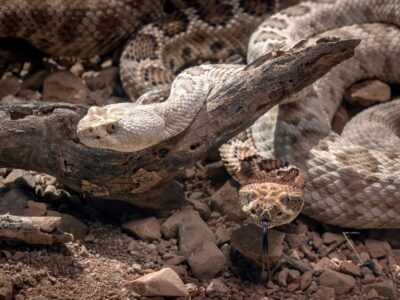
Pit Viper
Pit vipers's fangs fold up into their mouths when they don't need them.

Platinum Arowana
The male broods the eggs and baby fish in his mouth.
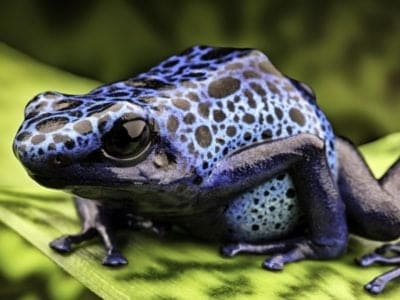
Poison Dart Frog
Inhabits the jungles of Central and South America!

Pompano Fish
They are bottom-feeders

Porcupine
There are 30 different species worldwide!

Praying Mantis
The mantis can turn its head 180 degrees.

Puma
Has longer back legs than front legs!
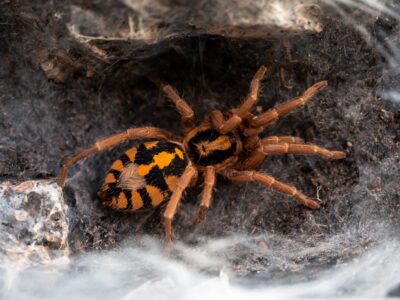
Pumpkin Patch Tarantula
They are considered dwarf tarantulas.

Purussaurus
Purussaurus had a bite force that is higher than that of any creature that has ever lived

Quail
Inhabits woodland and forest areas worldwide!
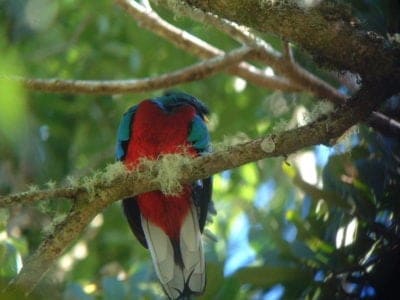
Quetzal
The tail feathers of the male can be 1m long!
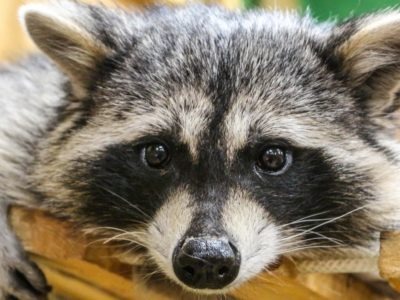
Raccoon
Known to wash their food before eating it!
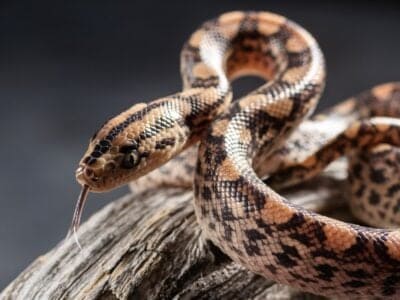
Rainbow Boa
The rainbow boa is named for its iridescent skin that refracts light and creates a rainbow-colored effect.

Rat
Omnivores that eat anything!

Rat Snakes
Rat snakes are constrictors from the Colubridae family of snakes.

Rattlesnake
Rattlesnakes may have evolved their rattle to warn bison away from them.
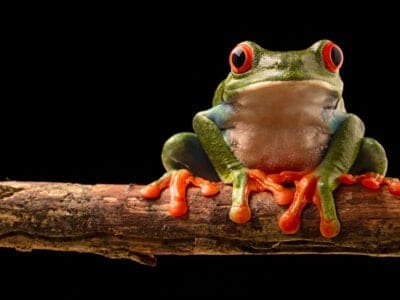
Red-Eyed Tree Frog
Despite their spectacular coloration, red-eyed tree frogs aren’t poisonous and can be kept as pets.

Red-Footed Tortoise
Male and female Red-Footed Tortoises move their heads to communicate.
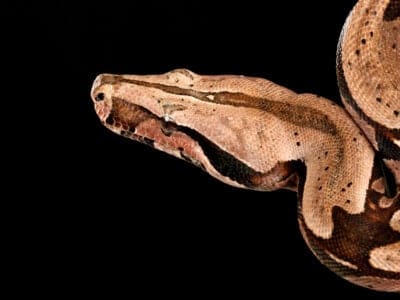
Red Tail Boa (common boa)
Red tailed boas don’t suffocate their prey, they squeeze until the heart stops circulating blood to the brain.

Redhump Eartheater
The redhump eartheater are very passive fish and do well in aquariums with non-cichlid species
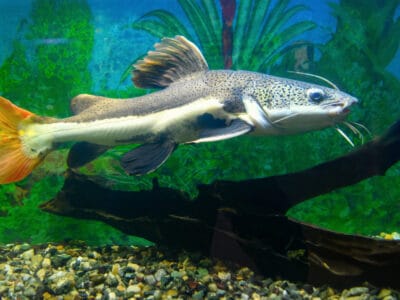
Redtail Catfish
One of three giant catfish species

River Turtle
Inhabits freshwater habitats around the world!

Rodents
The capybara, the world’s largest rodent, likes to be in and around bodies of water. Because of this, the Catholic Church in South America decided that it was a fish, and people were allowed to eat it during Lent and First Fridays.

Rooster
Will mate with the entire flock!
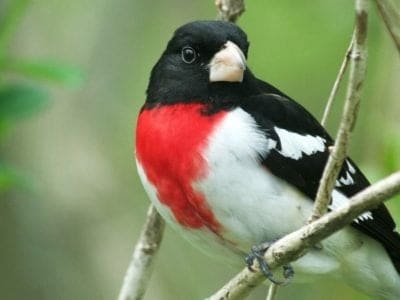
Rose-Breasted Grosbeak
This bird is also called cut-throat because the male looks like his throat has been cut and has bled over his breast.
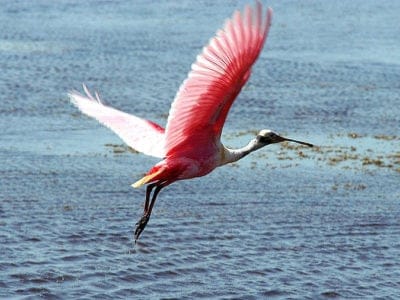
Roseate Spoonbill
The only Spoonbill in the western hemisphere!

Ruddy Duck
Ruddy duck breeding males have bright blue bills!

Saber-Toothed Tiger
Canines up to 7 inches long!

Sable Ferret
Ferrets were used during the Revolutionary War to keep down the rat population.

Salamander
There are more than 700 different species!

Sand Crab
The sand crab burrows beneath the sand with its tail
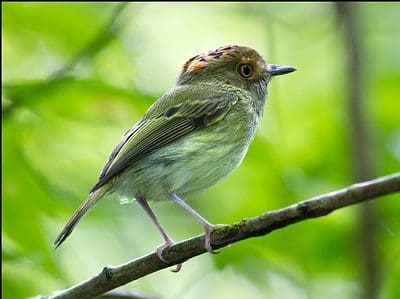
Scale-Crested Pygmy Tyrant
They raise their crests to ward off predators
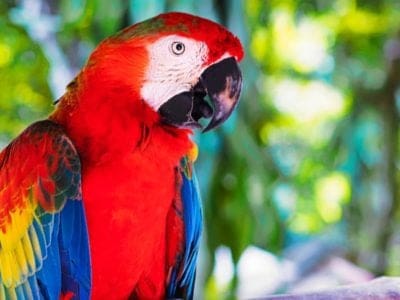
Scarlet Macaw
Like many parrots, the scarlet macaw is capable of vocal mimicry.

Scorpion
There are around 2,000 known species!

Seahorse
Males give birth to up to 1,000 offspring!
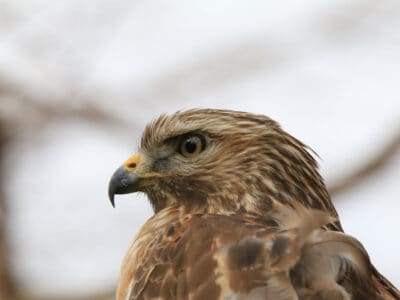
Sharp-Shinned Hawk
In captivity, sharp-shinned hawks can live up to 13 years. However, in the wild, this number is significantly reduced to 3 years!

Sheep
Around 35 million in the English countryside!

Short-Eared Owl
The short-eared owl is one of the most widespread owl species in the world, covering five continents.

Shrew
The spinal column of the shrew Scutisorex somereni is so strong and reinforced that it can support the weight of an adult human.

Shrimp
There are 2,000 different species worldwide!
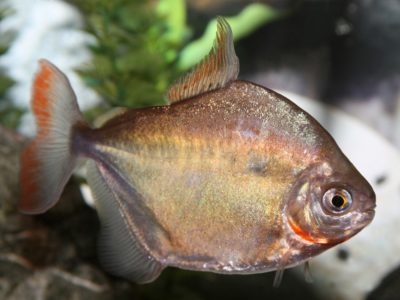
Silver Dollar
Closely related to the Piranha

Skink Lizard
Some skinks lay eggs in some habitats while giving birth to skinklets in other habitats.
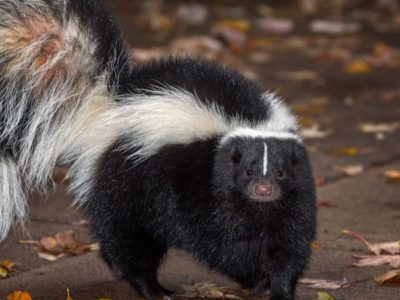
Skunk
Also known as the Polecat!
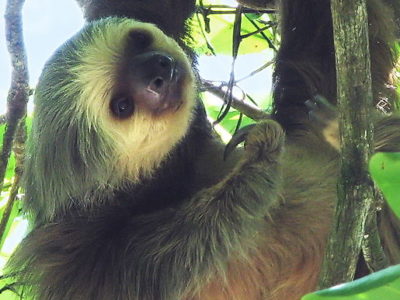
Sloth
It's body temperature is between 30 - 34 degrees!

Slug
They glide around on one foot, which is aided by the slime they produce

Smokybrown Cockroach
Has up to 45 eggs per egg case

Snail
There are nearly 1,000 different species!

Snake
There are around 4,000 known species worldwide
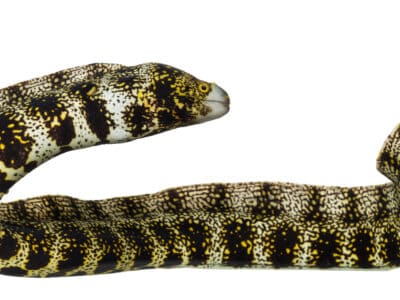
Snowflake Eel
Snowflake Eel have two jaws to help them swallow their food.

Sparrow
There are 140 different species!

Spider Monkey
Belongs to the only family of primates in the world with full prehensile tails!

Spider Wasp
They prey on spiders to feed their larvae or they parasitize other spider wasps.

Squirrel
Small rodents found in woodlands worldwide!
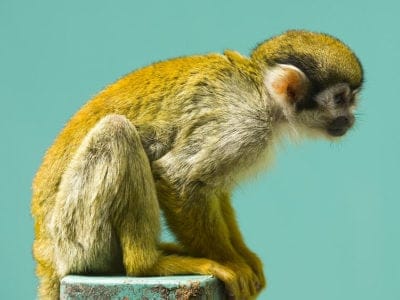
Squirrel Monkey
Lives in groups of up to 500 individuals!

Stick Insect
There are more than 3,000 different species!

Stork
They can’t sing like other birds.

Stupendemys
The largest freshwater turtle known to have ever lived!
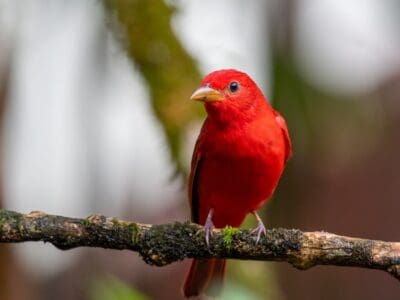
Summer Tanager
They remove bee stingers by rubbing them against a tree
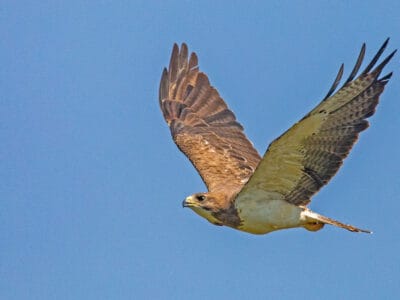
Swainson’s Hawk
Their wings form a “V” shape when flying.

Swan
Populations have been affected by pollution!

Tapir
Most closely related to horses and rhinos!

Tarantula Hawk
Tarantula hawks are excellent pollinators, especially for milkweed.

Termite
Their mounds can be up to 9 meters tall!

Tetra
Native to the freshwater streams of South America!

Thrush
The American robin is called the robin because its red breast reminded European settlers of the robin back in the old country.

Tick
They inject hosts with a chemical that stops them from feeling the pain of the bite

Tiger Beetle
The adult tiger beetle is one of the fastest land insects in the world
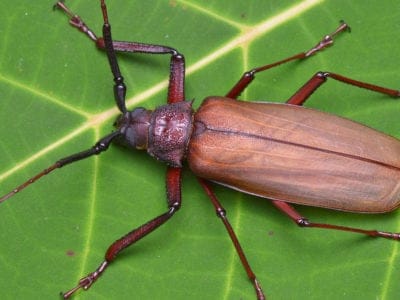
Titan Beetle
Their jaws can bite through a wooden pencil.

Tortoise
Can live until they are more than 150 years old!
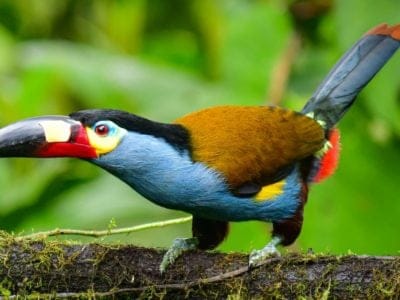
Toucan
There are more than 40 different species!

Tree Cricket
They make music with their wings

Tree Frog
Found in warmer jungles and forests!

Turtles
Some species of aquatic turtles can get up to 70 percent of their oxygen through their butt.

Uakari
Have a very short tail for their size!
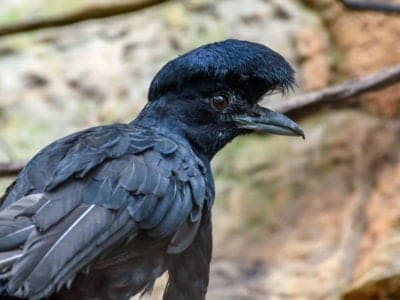
Umbrellabird
Migrates up and down the mountains!

Unau (Linnaeus’s Two-Toed Sloth)
Its top speed is 0.17mph

Upland Sandpiper
They make jerky movements as they walk through the grass, searching for food.

Vampire Bat
Have a heat sensor on the end of their nose!
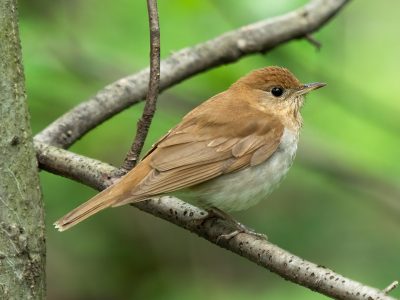
Veery
The veery is named for its sharp "veer" call.
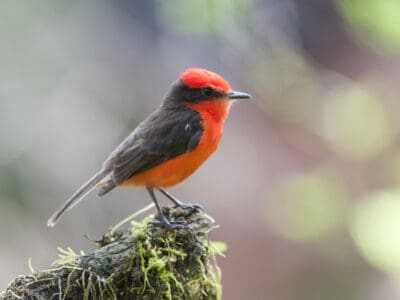
Vermilion Flycatcher
They have a fast song that lasts up to 10 syllables at max.
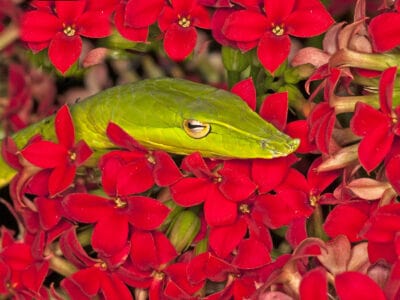
Vine Snake
A slender body and elongated snout give the vine snake a regal look.

Vinegaroon
Vinegaroons can spray 19 times before the glands are depleted

Vulture
There are 30 different species worldwide!

Wasp
There are around 75,000 recognised species!
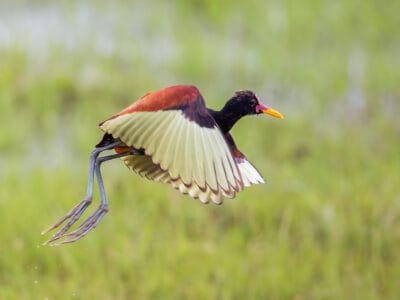
Wattled Jacana
They are typically noisy birds but take on a soft tone with their young.

Whiptail Lizard
Many whiptail species reproduce asexually.
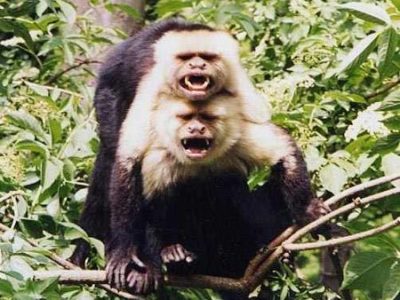
White-Faced Capuchin
One of the world's most intelligent monkeys!

White Ferret / Albino Ferrets
There are two different types of white ferrets!

White-tail deer
White-tail deer are good swimmers
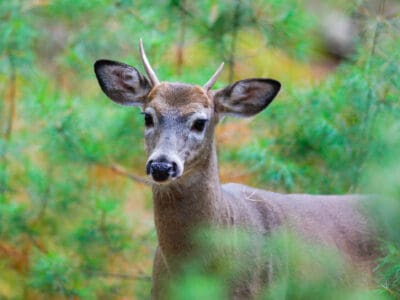
Whitetail Deer
Although deer are herbivores, they will sometimes eat mice and birds when they can catch them.
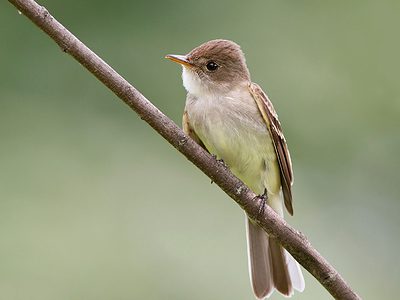
Willow Flycatcher
These birds live in the understory and are named for their propensity for flitting between willows and shrubs.

Wolf Spider
Carnivorous arachnid that hunts its prey.
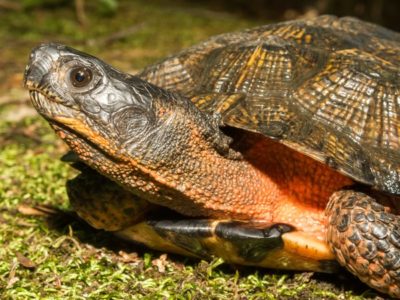
Wood Turtle
Temperature determines the sex of turtle eggs

Woodlouse
This animal can roll up into a ball

Woodpecker
There are 200 different species!
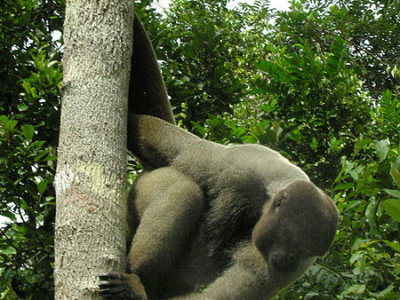
Woolly Monkey
Has a long, strong prehensile tail!

Worm
Doesn’t have eyes.
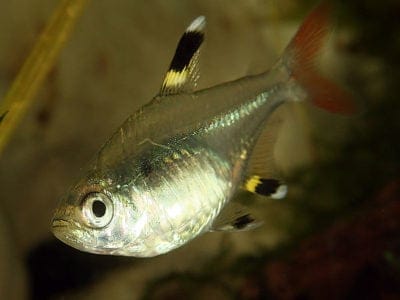
X-Ray Tetra
Yellow, black and white striped fins!
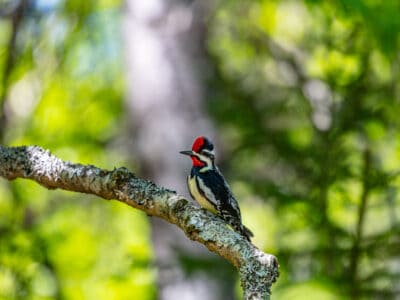
Yellow Bellied Sapsucker
The males are responsible for choosing the nesting tree most of the time. Luckily, cavity nests are often reused for multiple breeding seasons (up to 7 years.)

Yellow Tanager (Black-and-Yellow Tanager)
They swallow soft fruit whole
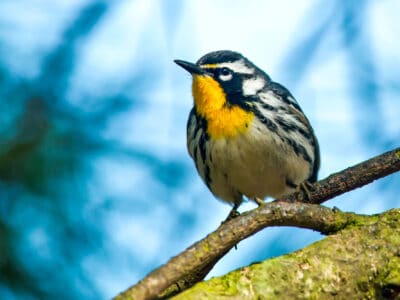
Yellowthroat
They forage near the ground, searching leaves for insects
Colombian Animals List
- Acadian Flycatcher
- Agouti
- Amazon Parrot
- Amazon Tree Boa
- Amazonian Royal Flycatcher
- Anaconda
- Anhinga
- Ant
- Anteater
- Armadillo
- Armyworm
- Asian Lady Beetle
- Barb
- Barn Owl
- Barn Swallow
- Basilisk Lizard
- Bat
- Bear
- Bed Bugs
- Bee
- Beetle
- Bird
- Biscuit Beetle
- Black and White Warbler
- Black-Bellied Whistling Duck
- Black Widow Spider
- Blackburnian Warbler
- Blind Snake
- Blue Eyed Pleco
- Blue Tanager (Blue-Grey Tanager)
- Blue Tang
- Booby
- Brahminy Blindsnake
- Brazilian Treehopper
- Brown Dog Tick
- Bush Dog
- Bushmaster Snake
- Butterfly
- Caecilian
- Caiman
- Caiman Lizard
- Camel Cricket
- Canada Warbler
- Capybara
- Carpenter Ant
- Cat
- Caterpillar
- Catfish
- Centipede
- Chestnut-Sided Warbler
- Chicken
- Chilean Recluse Spider
- Cichlid
- Coati
- Cockroach
- Codling Moth
- Collared Peccary
- Common Furniture Beetle
- Common House Spider
- Coral Snake
- Cormorant
- Cotton-top Tamarin
- Cow
- Crab
- Crab-Eating Fox
- Crab Spider
- Cricket
- Crocodile
- Crocodylomorph
- Crow
- Cuckoo
- Dickcissel
- Discus
- Dog
- Dog Tick
- Donkey
- Dragonfly
- Dubia Cockroach
- Duck
- Dung Beetle
- Dusky Shark
- Eagle
- Earthworm
- Earwig
- Eastern Meadowlark
- Eel
- Electric Eel
- Elegant Tern
- Emerald Tree Boa
- Eyelash Viper
- Falcon
- False coral snake
- False Widow Spider
- Fer-de-lance Snake
- Firefly
- Flea
- Fly
- Flying Squirrel
- Frog
- Fruit Bat
- Fruit Fly
- Fulvous Whistling Duck
- Galapagos Shark
- Gecko
- Geoffroys Tamarin
- German Cockroach
- Giant Leopard Moth
- Glowworm
- Gnat
- Grasshopper
- Gray Catbird
- Gray Fox
- Great Blue Heron
- Great Crested Flycatcher
- Great Potoo Bird
- Green Anaconda
- Guinea Pig
- Gulper Catfish
- Guppy
- Gypsy Moth
- Hamster
- Hare
- Harpy Eagle
- Harris’s Hawk
- Hawk Moth Caterpillar
- Hepatic Tanager (Red Tanager)
- Hercules Beetle
- Heron
- Honey Bee
- Argentine Horned Frog
- Horse
- Horsefly
- House wren
- Housefly
- Howler Monkey
- Human
- Hummingbird
- Huntsman Spider
- Ibis
- Iguana
- IMG Boa Constrictor
- Indigo Snake
- Insects
- Jabiru
- Jacana
- Jack Crevalle
- Jaguar
- Jumping Spider
- Keel-Billed Toucan
- Kentucky Warbler
- Killdeer
- Kingfisher
- Kinkajou
- Ladybug
- Leech
- Leopard Frog
- Lipstick Albino Boa
- Lizard
- Locust
- Lone Star Tick
- Macaw
- Maggot
- Mallard
- Margay
- Marine Toad
- Marmoset
- Mayfly
- Mealybug
- Megatherium
- Mexican Free-Tailed Bat
- Millipede
- Mockingbird
- Mole
- Mole Cricket
- Molly
- Monarch Butterfly
- Mongrel
- Monkey
- Moonglow Boa
- Moorhen
- Morpho Butterfly
- Mosquito
- Moth
- Mountain Lion
- Mourning Gecko
- Mourning Warbler
- Mouse
- Mule
- Muscovy Duck
- Nematode
- Neon Tetra
- No See Ums
- Northern Harrier
- Northern Pintail
- Northern Screamer
- Ocelot
- Orange Tanager (Orange-Headed Tanager)
- Orb Weaver
- Osprey
- Otter
- Owl
- Owl Butterfly
- Ox
- Panther
- Parrot
- Parrot Snake
- Parrotlet
- Peacock Bass
- Peregrine Falcon
- Pheasant
- Pigeon
- Amazon River Dolphin (Pink Dolphin)
- Piranha
- Pit Viper
- Platinum Arowana
- Poison Dart Frog
- Pompano Fish
- Porcupine
- Praying Mantis
- Puma
- Pumpkin Patch Tarantula
- Purussaurus
- Pygmy Marmoset (Finger Monkey)
- Quail
- Quetzal
- Raccoon
- Rainbow Boa
- Rat
- Rat Snakes
- Rattlesnake
- Red-Eyed Tree Frog
- Red-Footed Tortoise
- Red Tail Boa (common boa)
- Redhump Eartheater
- Redtail Catfish
- River Turtle
- Rodents
- Rooster
- Rose-Breasted Grosbeak
- Roseate Spoonbill
- Ruddy Duck
- Saber-Toothed Tiger
- Sable Ferret
- Salamander
- Sand Crab
- Scale-Crested Pygmy Tyrant
- Scarlet Macaw
- Scorpion
- Seahorse
- Sharp-Shinned Hawk
- Sheep
- Short-Eared Owl
- Shrew
- Shrimp
- Silver Dollar
- Skink Lizard
- Skunk
- Sloth
- Slug
- Smokybrown Cockroach
- Snail
- Snake
- Snowflake Eel
- Sparrow
- Spider Monkey
- Spider Wasp
- Squirrel
- Squirrel Monkey
- Stick Insect
- Stork
- Stupendemys
- Summer Tanager
- Swainson’s Hawk
- Swallowtail Butterfly
- Swan
- Tapir
- Tarantula Hawk
- Termite
- Tetra
- Thrush
- Tick
- Tiger Beetle
- Titan Beetle
- Tortoise
- Toucan
- Tree Cricket
- Tree Frog
- Turtles
- Uakari
- Umbrellabird
- Unau (Linnaeus’s Two-Toed Sloth)
- Upland Sandpiper
- Vampire Bat
- Veery
- Vermilion Flycatcher
- Vine Snake
- Vinegaroon
- Vulture
- Wasp
- Wattled Jacana
- Whiptail Lizard
- White-Faced Capuchin
- White Ferret / Albino Ferrets
- White-tail deer
- Whitetail Deer
- Willow Flycatcher
- Wolf Spider
- Wood Turtle
- Woodlouse
- Woodpecker
- Woolly Monkey
- Worm
- X-Ray Tetra
- Yellow Bellied Sapsucker
- Yellow Tanager (Black-and-Yellow Tanager)
- Yellowthroat
Animals in Colombia FAQs (Frequently Asked Questions)
What types of animals live in Colombia?
Colombia has a variety of wildlife including insects, reptiles, mammals, birds, amphibians, and fish. Unfortunately, many animals living in Colombia are considered Endangered and at risk of going extinct. One example is the blue-billed curassow.
What dangerous animals live in Colombia?
There are many dangerous animals living in Colombia. The group includes: the black caiman crocodile, the poison dart frog, the Chocoan Forest pit viper, and the bullet ant.
Are there tigers in Colombia?
No, there aren’t any tigers in Colombia. However, there are several big cats living in Colombia. This group includes jaguars, ocelots, pumas and jaguarundis.
Are there jaguars in Colombia?
Yes. Jaguars live in the tropical rainforests as well as on savannas and grasslands in Colombia.




